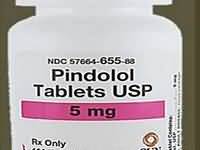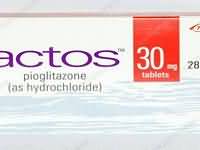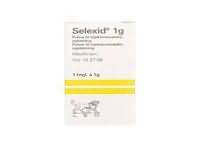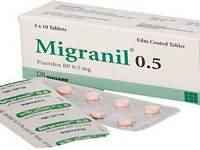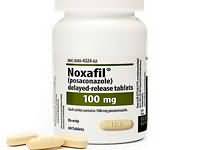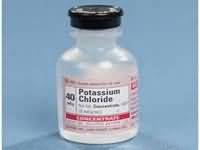Ampicillin

Ampicillin
CLINICAL USE
Antibacterial agentDOSE IN NORMAL RENAL FUNCTION
Oral: 250 mg – 1 g every 6 hours IM/IV: 500 mg – 2 g every 4–6 hoursPHARMACOKINETICS
DOSE IN RENAL IMPAIRMENT
GFR (mL/MIN)
DOSE IN PATIENTS UNDERGOING RENAL REPLACEMENT THERAPIES
IMPORTANT DRUG INTERACTIONS
Potentially hazardous interactions with other drugs Ciclosporin: may increase ciclosporin levels Reduces excretion of methotrexate (increased risk of toxicity)ADMINISTRATION
Reconstition
Use water for injection: 5 mL for each 250 mg (1.5 mL for 250 mg or 500 mg for IM administration)Route
Oral, IV, IMRate of Administration
Slow IV bolus over 3–4 minutes. Doses greater than 500 mg should be given by infusionComments
Can be diluted in glucose 5% or sodium chloride 0.9%OTHER INFORMATION
See how to identify renal failure stages according to GFR calculation
See how to diagnose irreversible renal disease
Home
